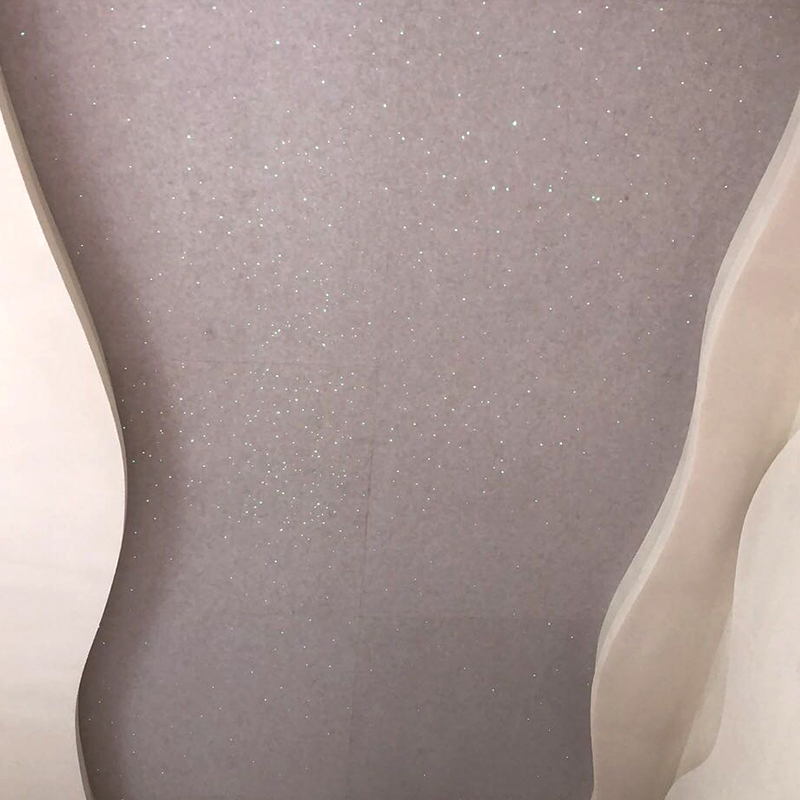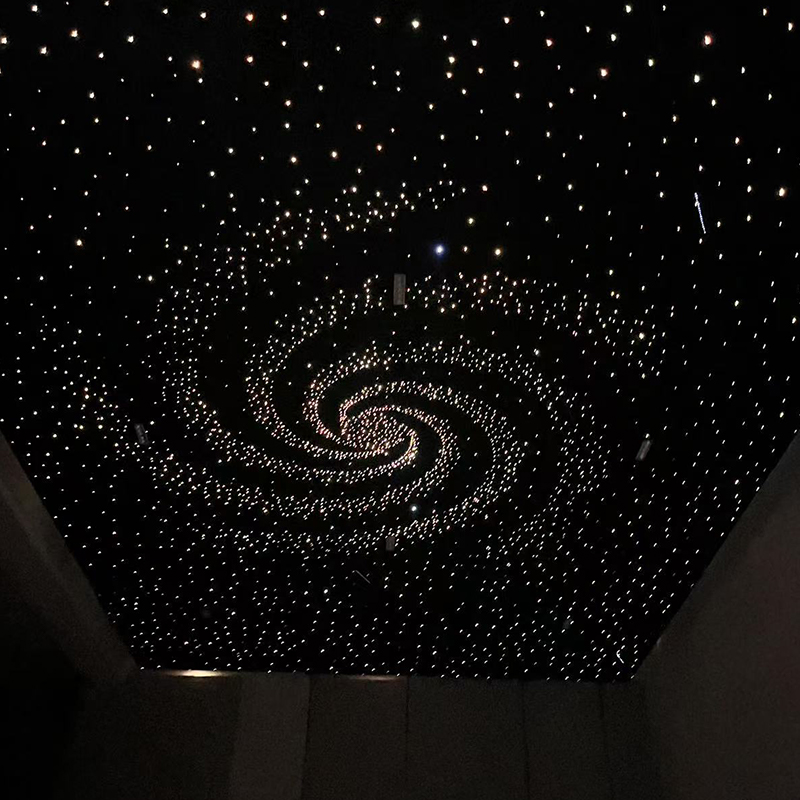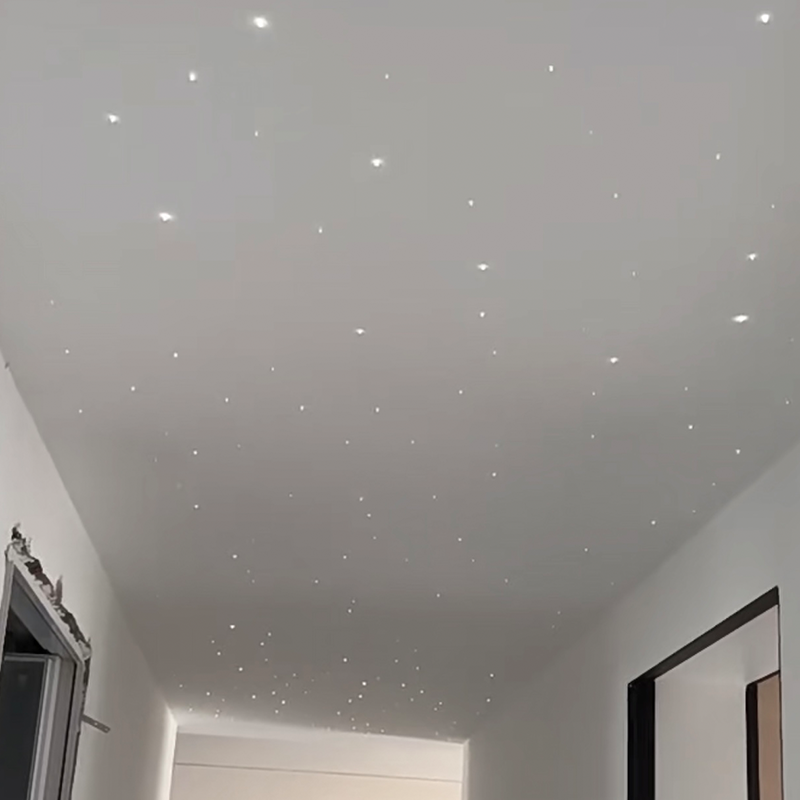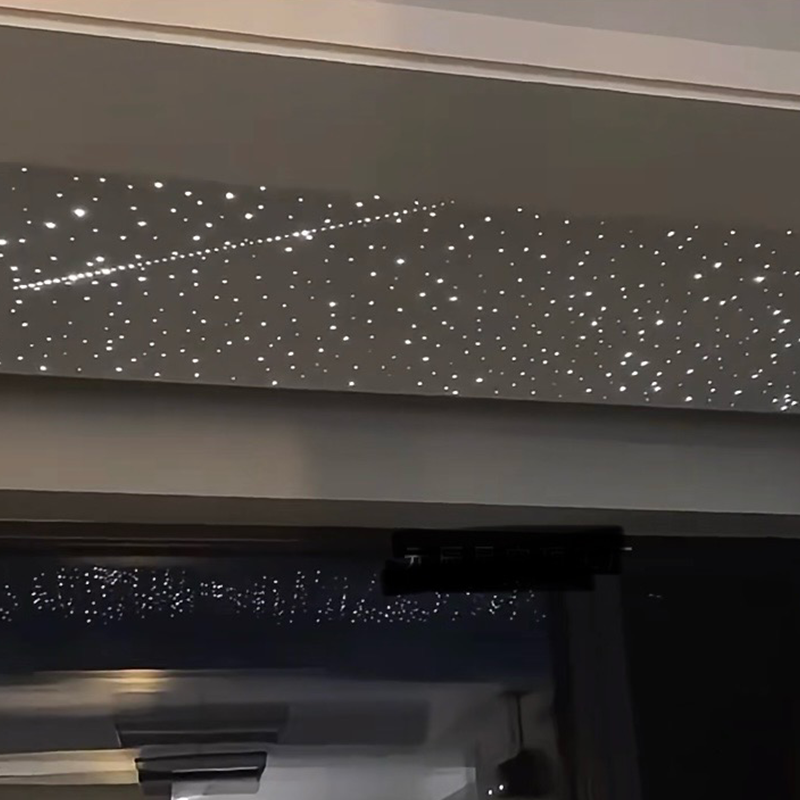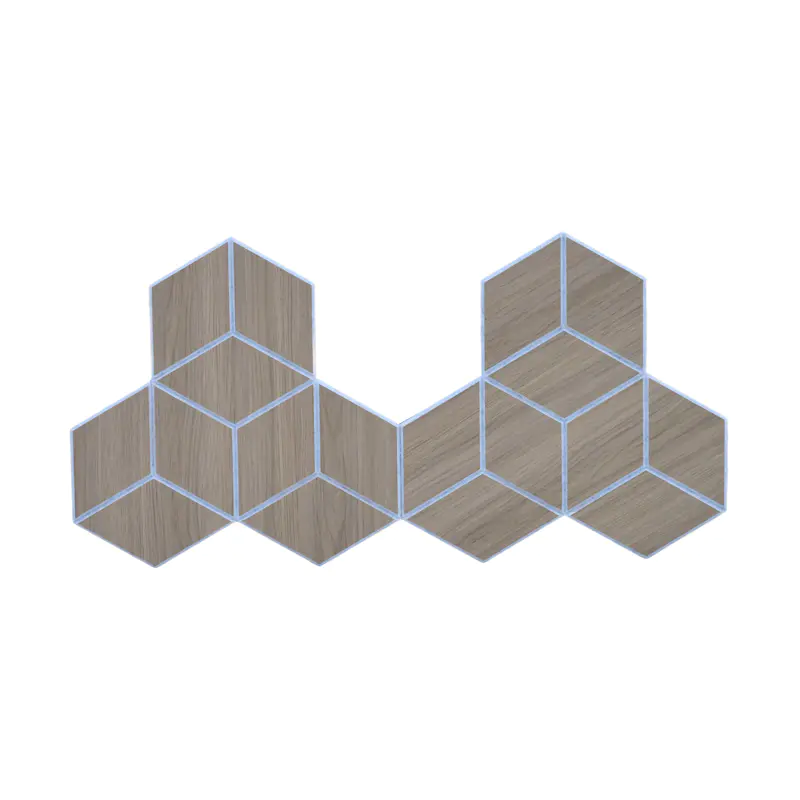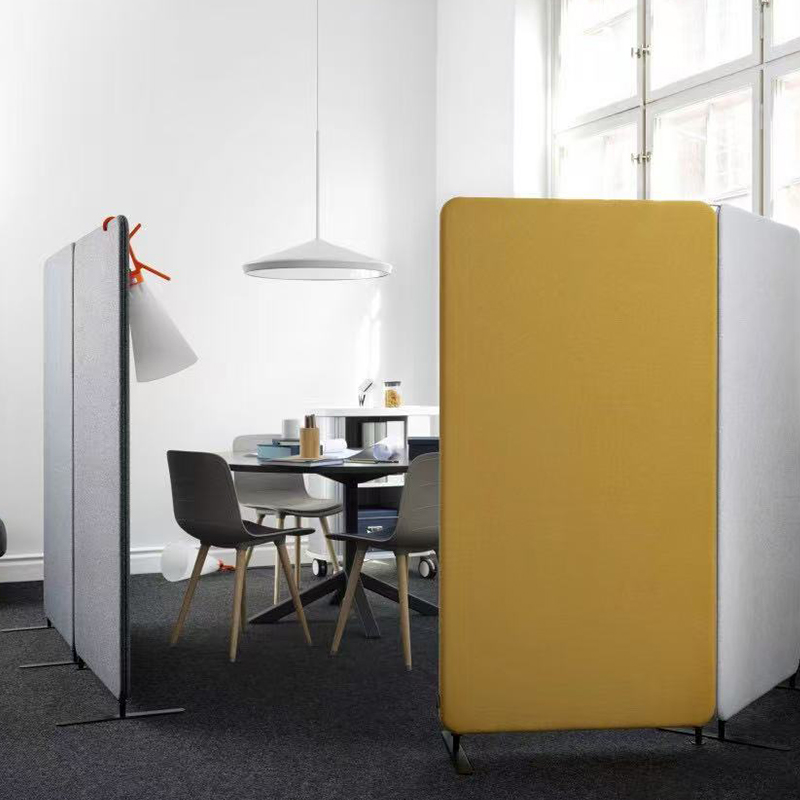Why are Starry Ceilings Becoming a Popular Choice for High-End Space Design?
In the trend of modern space design, a new decorative trend is quietly emerging
Starry Ceilings inject an imaginative visual experience into environments such as hotel lobbies, private cinemas, immersive restaurants, and children's play areas. It's not just decoration, but an artistic means of creating spatial atmosphere.
How is the visual charm of starry ceilings created?
Visual immersion and emotional impact
The biggest highlight of starry ceilings lies in their visual immersion and emotional impact. Using technologies such as fiber optics, LED panels, or smart projection, designers can recreate the scene of a starry night sky on the ceiling. These point light sources, through clever arrangement, can simulate natural light effects such as stars, the Milky Way, and shooting stars, and can dynamically change according to the theme of the space to create a "magical" transformation.
Flexible customization
The customized design of these ceiling installations is highly flexible. The shape, intensity, or color of the starlight can be changed according to the function and style requirements of different spaces to adapt to diverse atmospheres, such as luxurious, warm, mysterious, or technologically advanced.
What are the key materials and technologies behind starry ceilings?
Beyond lighting: backing material requirements
The realization of starry ceilings relies not only on lighting but also on the excellent support, sound absorption, and environmental friendliness of the backing material. A widely used material in recent years is polyester fiber sound-absorbing panels, which combine decorative and acoustic functions. These materials are lightweight, durable, and meet the environmental, safety, and aesthetic requirements of high-end buildings.
Yayin's material and technological advantages
As one of China's leading suppliers of starlight ceiling materials, Yayin New Materials Jiangsu Co., Ltd. possesses significant advantages in this field. The company uses a needle-punched nonwoven process to process recyclable polyester fibers into environmentally friendly panels that combine sound absorption, flame retardancy, heat insulation, and decoration, making them ideal substrates for high-end custom starlight ceilings.
The material boasts a noise reduction coefficient (NRC) as high as 0.85, and its flame retardant performance meets the US ASTM E84 A standard, EU EN13501-1 B standard, and UL723-2018 A standard. Its environmental protection level meets the national standard E0, fully satisfying the stringent requirements of public buildings and residential environments.
What are the trends in the spatial application of starlight ceilings?
From specialty venues to broad applications
Originating in high-end private cinemas and themed hotels, starlight ceilings are now widely used in a wider range of scenarios, especially in commercial and public spaces that emphasize experiential elements.
Examples of experiential uses
In children's playgrounds and educational spaces, starlight ceilings can evoke curiosity about the universe; in concert halls or open-plan offices, they create a tranquil atmosphere while also providing acoustic functionality; and in high-end restaurants or spas, they become an excellent design element for creating immersive dining and relaxation experiences.
With modular design and customizability, starlight ceilings not only bring visual impact to a space but also enhance the emotional experience.
Why are environmental friendliness and acoustic performance indispensable advantages of starlight ceilings?
Sound and light integration as a design trend
As integrated sound and light design becomes increasingly popular, the requirements for starlight ceilings are also rising. They must not only be aesthetically pleasing but also functional. Especially for spaces such as hotels, cinemas, and waiting rooms that require acoustic compliance, choosing ceiling materials with excellent sound absorption properties is crucial.
Yayin's role in sustainability and acoustic quality
Yayin New Materials Jiangsu Co., Ltd. uses polyester fiberboard with excellent noise absorption capabilities, effectively regulating spatial reverberation and improving the quality of the acoustic environment. Its environmentally friendly properties make it an ideal material for green building and carbon neutrality goals.
The company is headquartered in Lianyungang, Jiangsu Province, and has two branch factories located in Huzhou City, Zhejiang Province and Nanchang City, Jiangxi Province, with a total area of more than 30,000 square meters, providing robust production and R&D capacity to support large-scale and customized projects.
How to Choose a High-Quality Starlight Ceiling Partner?
Key evaluation criteria
When purchasing starlight ceilings, in addition to focusing on the external effect, it is crucial to evaluate acoustic structure, flame retardant rating, environmental certifications, and the manufacturer's qualifications and capabilities.
Yayin's one-stop solution
As a leading domestic manufacturer and exporter of starlight ceilings, Yayin New Materials Jiangsu Co., Ltd. has earned widespread trust in domestic and international markets thanks to reliable service and stringent production standards. Whether for large-scale public buildings or customized projects, Yayin provides a one-stop service from material production to installation guidance, helping clients achieve integrated sound and light and space design that combines functionality and art.
Conclusion
With the rise of starlight ceilings in the architectural decoration field, they are gradually becoming an important tool for designing the mood of a space. From environmental protection and safety to functional performance, from visual effects to emotional experience, future spatial design will be an immersive experience that touches the heart. In this wave, innovative companies like Yayin New Materials Jiangsu Co., Ltd., with their technological and manufacturing capabilities, are becoming significant driving forces for industry upgrading.


